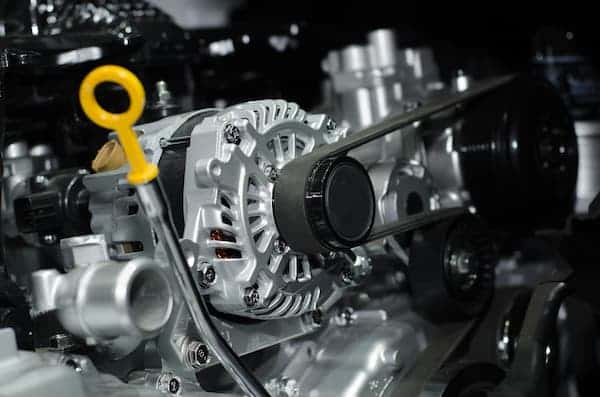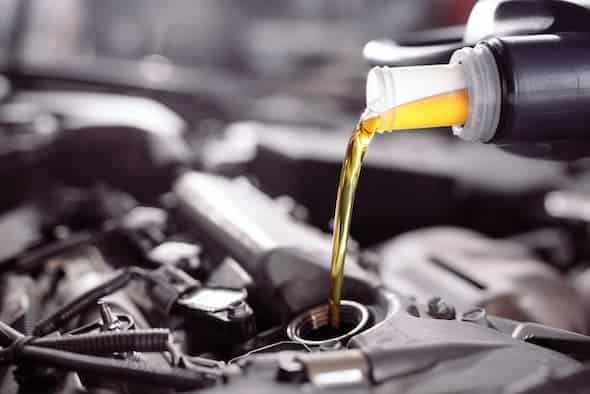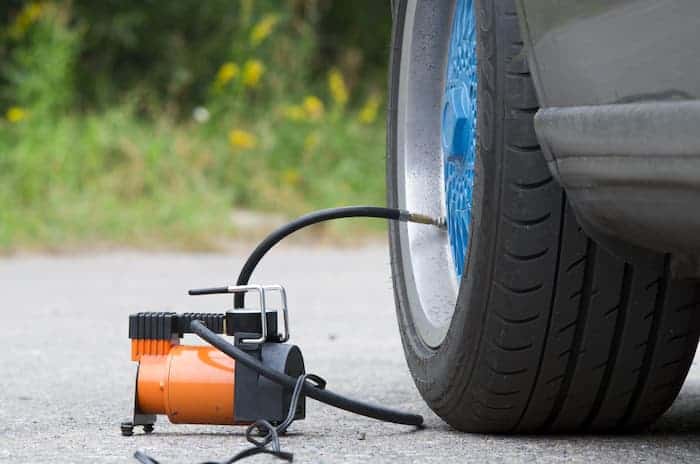The serpentine belt is a crucial component of your vehicle, responsible for driving multiple peripheral devices in your car’s engine, such as the alternator, power steering pump, and air conditioning compressor. Recognizing the signs of a bad serpentine belt is essential for maintaining your vehicle’s health and preventing breakdowns. In this article, we’ll explore the key symptoms of a failing serpentine belt, its importance, and how it differs from other belts like the timing belt.
Table of Contents
Toggle8 Warning Signs Your Serpentine Belt Needs Replacement

here are eight signs indicating that it might be time to replace your serpentine belt:
- Squealing Noise: A loud squeal or chirp from the engine bay, especially on startup or when accelerating, is often the first sign of a serpentine belt that may need replacement.
- Visible Cracks and Wear: Over time, the serpentine belt can develop cracks, fraying, or chunks missing from the belt material. Regular visual inspections can help identify these issues.
- Belt Slippage or Misalignment: If the belt is not seated properly on the pulleys or if it’s slipping, it can indicate wear or a tension issue, necessitating a replacement.
- Power Loss to Vehicle Accessories: The serpentine belt drives components like the power steering pump, alternator, and air conditioning compressor. If these systems are not working as efficiently as usual, it could be due to belt issues.
- Battery Warning Light: A failing serpentine belt can lead to poor alternator performance, which in turn might trigger the battery warning light on your dashboard.
- Overheating Engine: If the serpentine belt drives the water pump, a failure can lead to the engine overheating due to poor coolant circulation.
- Glazing or Glossiness on the Belt: A shiny or glazed appearance on the belt surface can indicate that the belt has become stiff and is slipping instead of providing proper grip.
- Belt Vibrations or Wobbling: Unusual vibrations or wobbling of the belt during operation can be a sign of wear or damage, suggesting that a replacement is necessary.
Regular inspection and timely replacement of the serpentine belt are crucial for maintaining your vehicle’s performance and preventing more serious mechanical issues.
The Role of a Serpentine Belt in Your Vehicle
The serpentine belt is integral to the smooth operation of various components in your car. It ensures that the alternator, power steering pump, air conditioning compressor, and sometimes the water pump are operational. A failure in the serpentine belt can lead to a cascade of problems, including engine overheating and battery drainage.
Serpentine Belt vs Timing Belt
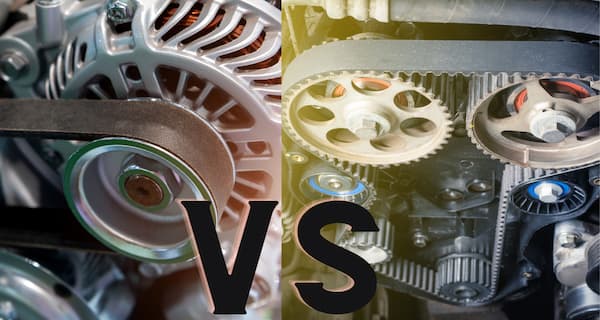
It’s important to distinguish between the serpentine belt and the timing belt, as they serve different functions. While the serpentine belt drives external engine components, the timing belt (or chain) is crucial for synchronizing the engine’s camshaft and crankshaft. For insights into timing belt issues, consider reading our article on Symptoms of a Bad Timing Belt.
Maintenance and Inspection Tips
Regular inspection and timely replacement of your serpentine belt are vital. Look for signs of wear and tear, and listen for unusual noises. If you’re unsure about the condition of your belt, it’s always wise to consult a professional mechanic.
Impact on Other Car Components
A failing serpentine belt can affect other components of your car, such as the alternator. A malfunctioning alternator can lead to various issues, including battery drainage and electrical malfunctions. Learn more about this in our article on Bad Car Alternator Symptoms.
In conclusion, understanding and recognizing the signs of a bad serpentine belt is crucial for maintaining your vehicle’s performance and longevity. Regular inspections and understanding the belt’s role in your car’s operation can prevent unexpected breakdowns and costly repairs.
What happens if a serpentine belt breaks while driving
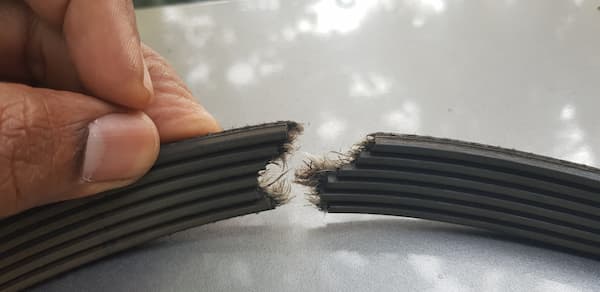
If a serpentine belt breaks while driving, it can lead to a sudden loss of power steering, alternator failure, and potential engine overheating, which can be dangerous.
Conclusion
the serpentine belt is more than just a part of your vehicle; it’s a lifeline that keeps various critical components functioning harmoniously. Recognizing the signs of a bad serpentine belt, such as squealing noises, power loss, and visible wear and tear, is crucial for any car owner. Understanding its role, differentiating it from the timing belt, and knowing its impact on other car components like the alternator, are key to proactive vehicle maintenance. Regular inspections and timely interventions not only ensure the smooth operation of your vehicle but also safeguard against unexpected breakdowns and costly repairs. By staying informed and vigilant, you can ensure that your vehicle remains reliable, efficient, and ready to take you wherever you need to go.
FAQ - Signs Of A Bad Serpentine Belt
Serpentine belts can fail due to age, wear and tear, misalignment, excessive tension, or exposure to heat and automotive fluids.
It’s not advisable to drive with a damaged serpentine belt, as it can lead to a loss of power steering, alternator failure, and even engine overheating.
Most manufacturers recommend replacing the serpentine belt every 60,000 to 100,000 miles, but always check your vehicle’s manual for specific guidance.
The cost of replacing a serpentine belt varies but is generally considered a moderate expense in vehicle maintenance.
A serpentine belt drives external engine components, while a timing belt synchronizes the engine’s camshaft and crankshaft.
If you have mechanical knowledge and the right tools, you can replace a serpentine belt yourself. However, it’s often best to consult a professional, especially if you’re unsure.

